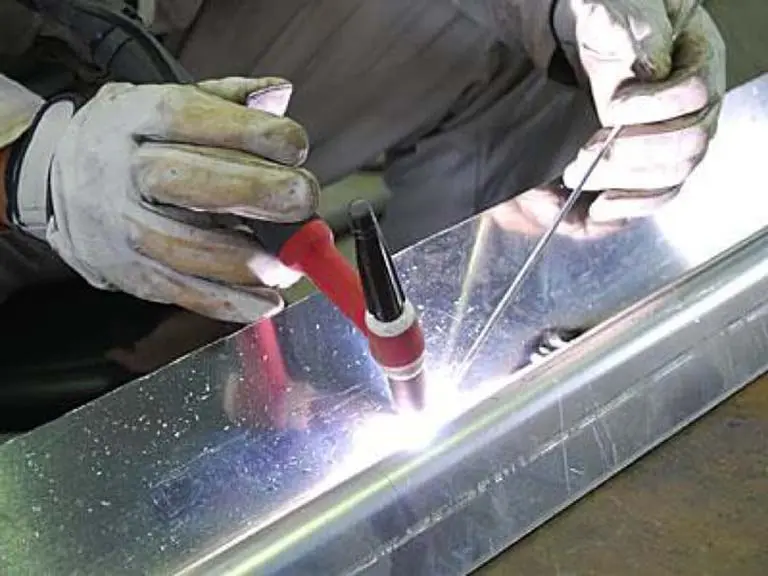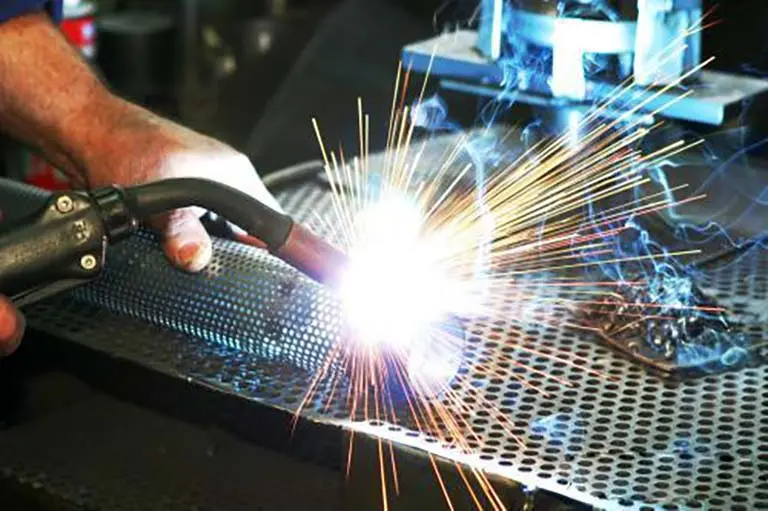The importance of welding gun selection

ALAND WELDING Let you feel the most sincere welding service
Welding is a common and important process that is widely used in manufacturing, construction, automotive and other fields. Choosing the right welding gun is one of the keys to ensuring welding quality, efficiency and safety. The choice of welding gun is not only related to the smooth progress of the work, but also directly affects the quality and production cost of the product. Therefore, for professionals who need to perform welding operations, it is crucial to choose a welding gun that suits their needs. This article will discuss the importance of selecting a welding gun and some of the key factors in choosing the right one.

1. Choosing an inappropriate welding gun may cause the following problems and disadvantages:
(1) Poor welding quality: An unsuitable welding gun may not be able to provide the required welding current and power, resulting in poor welding quality, such as weak welds, pores and other defects.
(2) Low efficiency: If the welding gun does not match your welding needs, it may cause the welding speed to be too slow or require additional operating steps, thereby reducing welding efficiency.
(3) Work inconvenience: When the size, weight and flexibility of the welding gun are not suitable for your working environment and needs, it may make work inconvenient, especially in narrow or high welding positions.
(4) Safety hazards: Choosing an inappropriate welding gun may increase the difficulty of operation, thereby increasing the risk of operational errors, which may lead to accidents or injuries.
(5) Increased repair and replacement costs: If you choose a welding gun of poor quality or that is not durable, it may require frequent repairs or replacements, increasing maintenance costs and downtime.
(6) Failure to meet process requirements: For a specific welding process or material, a specific type or specification of welding gun may be required. Choosing an inappropriate welding gun may cause problems that do not meet process requirements.
2. Choosing the right welding torch can bring the following benefits:
(1) High-quality welding: A suitable welding torch can provide the required welding current and power to ensure good welding quality and firm welds, reduce the occurrence of welding defects, and improve welding quality.
(2) Improve work efficiency: A suitable welding torch can meet your welding needs, make the welding operation smoother and more efficient, improve work efficiency, and save time and costs.
(3) Operation convenience: A suitable welding torch has the size, weight and flexibility suitable for your working environment and working position, making operation more convenient and comfortable, reducing operating fatigue and improving work efficiency.
(4) Safety improvement: A suitable welding torch can reduce the risk of operating errors, reduce the possibility of accidents and injuries, improve work safety, and ensure the safety of workers.
(5) Reduce maintenance costs: Choosing a good-quality, durable welding torch can reduce the frequency of repairs and replacements, reduce maintenance costs and downtime, and improve equipment reliability and stability.
(6) Meet process requirements: For specific welding processes and materials, choosing the appropriate welding torch can ensure that the process requirements are met and the welding quality and product quality are guaranteed.
(7) Long-term investment value: Choosing the right welding torch is a long-term investment that can improve welding quality and efficiency, reduce maintenance costs, and thus bring long-term economic benefits and value to your welding work.

3. When choosing a welding torch, you need to consider the following aspects in more detail:
(1)Welding types and application requirements:
Manual arc welding (SMAW), gas shielded welding (MIG/MAG, TIG), plasma welding, etc. Each welding type requires a specific type of welding torch.
For different materials (steel, aluminum, stainless steel, etc.) and welding thicknesses, different types or powers of welding guns may be required.
(2)Welding current and power:
Determine the maximum welding current and power required based on your welding task. This will influence the choice of welding gun to ensure it meets your welding needs.
(3)Welding gun size and weight:
Consider your work environment and working conditions to select the appropriate welding gun size and weight. If you need to weld in a tight space, you may want to choose a smaller and lightweight welding gun.
(4)Power supply type and cable length:
Choose a welding gun based on your power source type (DC or AC), supply voltage, and current type. Also, determine the required cable length to ensure you can move freely within the work area.
(5)Welding position and adjustability:
For situations where you need to weld in different positions, choose a welding gun with good adjustability and flexibility. Some welding guns have swivel heads or curved gun handles that make it easier to weld at different angles.
(6) Durability and maintenance requirements:
Choose a welding gun that is durable and easy to maintain to reduce downtime and repair costs. The quality and manufacturing process of a welding gun are critical to its durability.
(7) Accessories and Accessories Availability:
Make sure the chosen welding gun has accessories and accessories that are easily replaceable and accessible, such as welding tips, electrodes, cables, etc.
(8) Price and budget:
Choose a cost-effective welding gun based on your budget and welding needs. Don’t just think about price, consider quality, performance, and long-term costs.
Therefore, it is important to carefully consider the selection of a welding gun before proceeding with a welding operation. According to the specific welding needs, choosing the appropriate welding gun can not only improve work efficiency and welding quality, but also reduce costs and increase work safety. By understanding the requirements of the welding task, the conditions of the work environment, and the characteristics of the welding gun, we can make informed choices that lay a solid foundation for a successful welding job.


Articles you may be interested in:
Stick Welding Concept And Process
WSME Welding Machine Introduction
Safety Precautions When TIG Welding
Safety Precautions When MIG Welding
Introduction To TIG Welding Machine
Pipeline Welding Detailed Introduction
Learn More About Resistance Welding
Arc Welding Machine Applicable Industry
Difference Between MIG And TIG Welding
A Must-read For Newbies: GTAW Welding
Ac Dc Tig Welding Comparison Instructions
Basic Knowledge Of Welding Procedure Qualification

